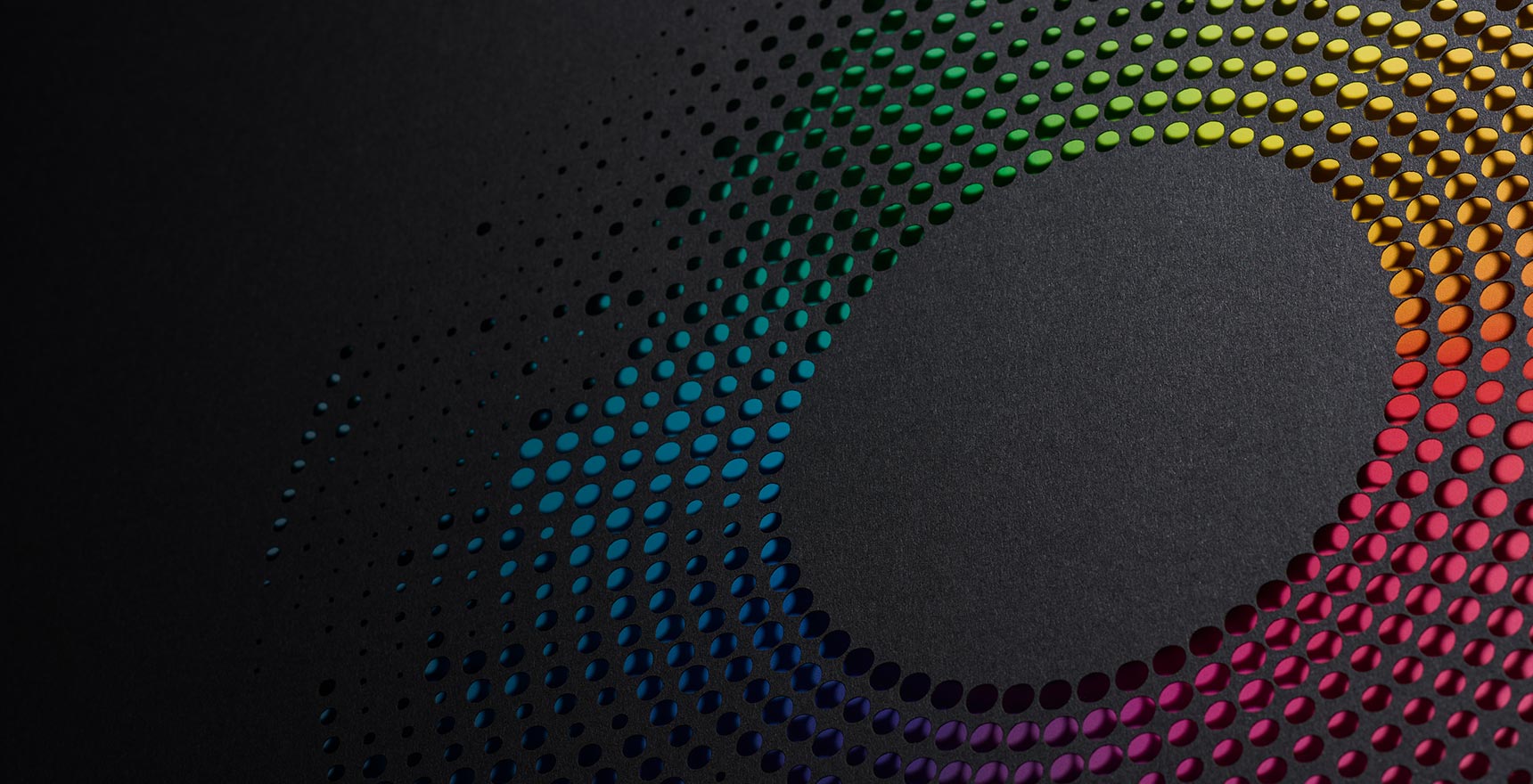How does color impact consumer decisions in marketing?
Understanding consumer behaviour colour theory reveals that color influences emotions and perceptions, guiding buying choices. I’ll explore how marketers can use this theory to create effective and engaging marketing strategies. As well as how incorporating search engine optimization (SEO) with color theory can enhance visibility and drive organic traffic, making it a crucial component of successful marketing and design strategies. I will also cover how:
- Color psychology plays a critical role in consumer behavior, influencing emotions and purchasing decisions, with a strong emphasis on strategic color selection in marketing.
- Understanding demographic and cultural differences in color preferences is essential for effective marketing strategies, as age, gender, and cultural contexts significantly affect consumer responses to colors.
- Implementing color theory in website design, particularly through cohesive palettes and high contrast for readability, directly impacts user engagement and conversion rates.
- Knowing your site’s average conversion rate can help marketers gauge the effectiveness of their color strategies in improving conversion rates.
Understanding Colour Theory in Marketing
Color psychology is essential for enhancing brand perception and influencing consumer behavior through visual engagement. Consumers often make snap judgments based on visual cues, with color playing a pivotal role in these decisions. Understanding color theory involves grasping the principles that guide the selection of colors to create effective and appealing marketing materials.
To understand how different colors influence consumer behavior and decision-making, it is important to gather user data. This involves collecting detailed information about users’ demographics, preferences, and behavior to identify reasons for drop-off points and to tailor strategies that enhance conversion rates.
Colors have a profound effect on consumer behavior, influencing emotions and guiding purchasing decisions. Strategic color palette choices evoke specific feelings and associations, significantly impacting product and brand perception.
Understanding the basics of color theory is crucial for effective marketing efforts.

Understanding Conversion Rate Optimization (CRO)
Definition of CRO and its importance
Conversion Rate Optimization (CRO) is the systematic process of increasing the percentage of website visitors who complete a desired action, such as filling out a form, making a purchase, or subscribing to a newsletter. This process involves analyzing user behavior, identifying barriers to conversion, and implementing strategies to overcome these obstacles. CRO is crucial for businesses as it helps to maximize the potential of their website, increase revenue, and gain a competitive edge in the market. By focusing on conversion rate optimization, businesses can ensure that their marketing efforts are not just driving traffic but also converting visitors into customers, thereby improving their overall return on investment.
Brief history of CRO and its evolution
CRO has its roots in the early days of the internet, when websites were first being developed. Initially, the focus was primarily on driving traffic to websites, with little attention paid to what happened once visitors arrived. However, as the internet evolved and e-commerce began to flourish, businesses started to recognize the importance of not just attracting visitors but also converting them into customers. This realization led to the emergence of CRO as a distinct field of study in the early 2000s. Over the years, CRO has evolved significantly, with businesses adopting data-driven approaches and sophisticated tools to optimize their websites. Today, CRO is a critical component of digital marketing strategies, with a strong emphasis on improving user experience and achieving higher conversion rates.
The Psychology Behind Colours
Research indicates that 93% of consumers consider visual appeal to be the primary factor in purchase decisions, with 85% influenced by color. This powerful statistic underscores the importance of understanding the psychological impact of colors. Different hues evoke distinct emotions and associations, making them powerful tools for communication in branding. Understanding the psychology behind colors can aid in conversion optimization by aligning color choices with consumer emotions and behaviors.
Colors can enhance brand awareness and recognition by as much as 80%. Given this significant impact, marketers need to be strategic in their color choices to convey specific meanings or emotions. Different colors like red, blue, and green evoke specific consumer responses.
Red: Urgency and Excitement
The color red is often associated with urgency, making it a common choice for clearance sales and promotions to stimulate quick buying. A red tag on a product immediately grabs attention and encourages consideration of purchase. This is because red can elevate heart rates and encourage swift action in consumers.
Red in key elements like call-to-action buttons prompts the desired action, like clicking on a lead capture form or responding to a value proposition on landing pages. The sense of urgency and excitement that red evokes makes it a powerful tool in driving sales and leads generated. Using red in key elements can increase conversion by prompting quick buying decisions.
Blue: Trust and Calmness
Blue is frequently linked to feelings of trust and calm, which is why it is widely used by banks and healthcare brands to convey reliability. Think about the last time you visited a bank’s website; the predominant color was likely blue. This is because blue promotes a sense of security and reliability, essential for institutions that handle sensitive information.
Blue in marketing materials enhances social proof by fostering trustworthiness. CRO tests show blue effectively increases user engagement and conversions, especially in trust-centric industries. Additionally, using blue can positively impact a website’s conversion rate by building trust and credibility.
Green: Health and Tranquility
Green symbolizes health and tranquility, often appealing to consumers looking for eco-friendly products and wellness-focused brands. Starbucks’ green color scheme evokes relaxation and promotes an environmentally conscious image.
Brands that promote nature and wellness frequently use green to align with their values and appeal to their target audience. The calming effect of green can enhance customer perceptions of quality and comfort, making it a favored choice for creating a tranquil brand atmosphere.
Do you need help strengthening your brand or improving your conversion rate?
Book a CallColour Preferences Across Demographics and Target Audience
Understanding color preferences is crucial for marketers to effectively tailor their branding and advertising strategies. Age influences color preferences significantly, with younger individuals favoring bright and vibrant colors, while older adults tend to prefer more subdued and calming shades. This knowledge allows marketers to select colors that resonate with different age groups, enhancing engagement and brand loyalty. Additionally, color preferences can vary on mobile devices, making it important to optimize color choices for mobile user experiences.
Different demographics respond to colors in unique ways, and tailoring marketing strategies to these preferences can lead to more effective campaigns. The following subsections will delve into gender differences in color preferences and cultural variations in color perception.
Gender Differences in Colour Preferences
Research indicates that men and women differ significantly in their color preferences. Men typically favor darker and more intense hues, while women are drawn to softer and more varied colors. Women generally prefer shades of blue, purple, and green, while men lean towards blue, green, and orange.
Marketers can leverage these gender-based color preferences to design campaigns and branding strategies that effectively target their desired audience. Understanding these differences can enhance brand engagement and consumer loyalty by ensuring that marketing materials resonate well with both genders.
Cultural Variations in Colour Perception
Understanding the cultural significance of colors is essential for marketers to create campaigns that resonate across different regions. For example, red symbolizes good luck in Japan but caution in the United States.
Culturally tailored color choices prevent miscommunication and enhance global marketing effectiveness.
The Role of Colour in CRO
How colour affects consumer behaviour and conversion rates
Colour plays a significant role in CRO, as it can greatly impact consumer behaviour and conversion rates. Different colours can evoke different emotions and reactions in users, and businesses can use this to their advantage by selecting colours that align with their brand and messaging. For example, the colour red is often associated with urgency and can be used to draw attention to calls-to-action (CTAs), prompting users to take immediate action. On the other hand, the colour blue is often associated with trust and can be used to build credibility with users, making them feel more comfortable and secure when interacting with the website.
By carefully selecting colours that resonate with their target audience, businesses can improve user experience and increase conversions. For instance, using contrasting colours for CTAs can make them stand out and be more noticeable, leading to higher click-through rates. Additionally, understanding the psychological impact of colours can help businesses create a cohesive and visually appealing website that guides users towards completing desired actions. Ultimately, leveraging the power of colour in CRO can lead to significant improvements in a website’s conversion rate, driving better results and higher revenue.
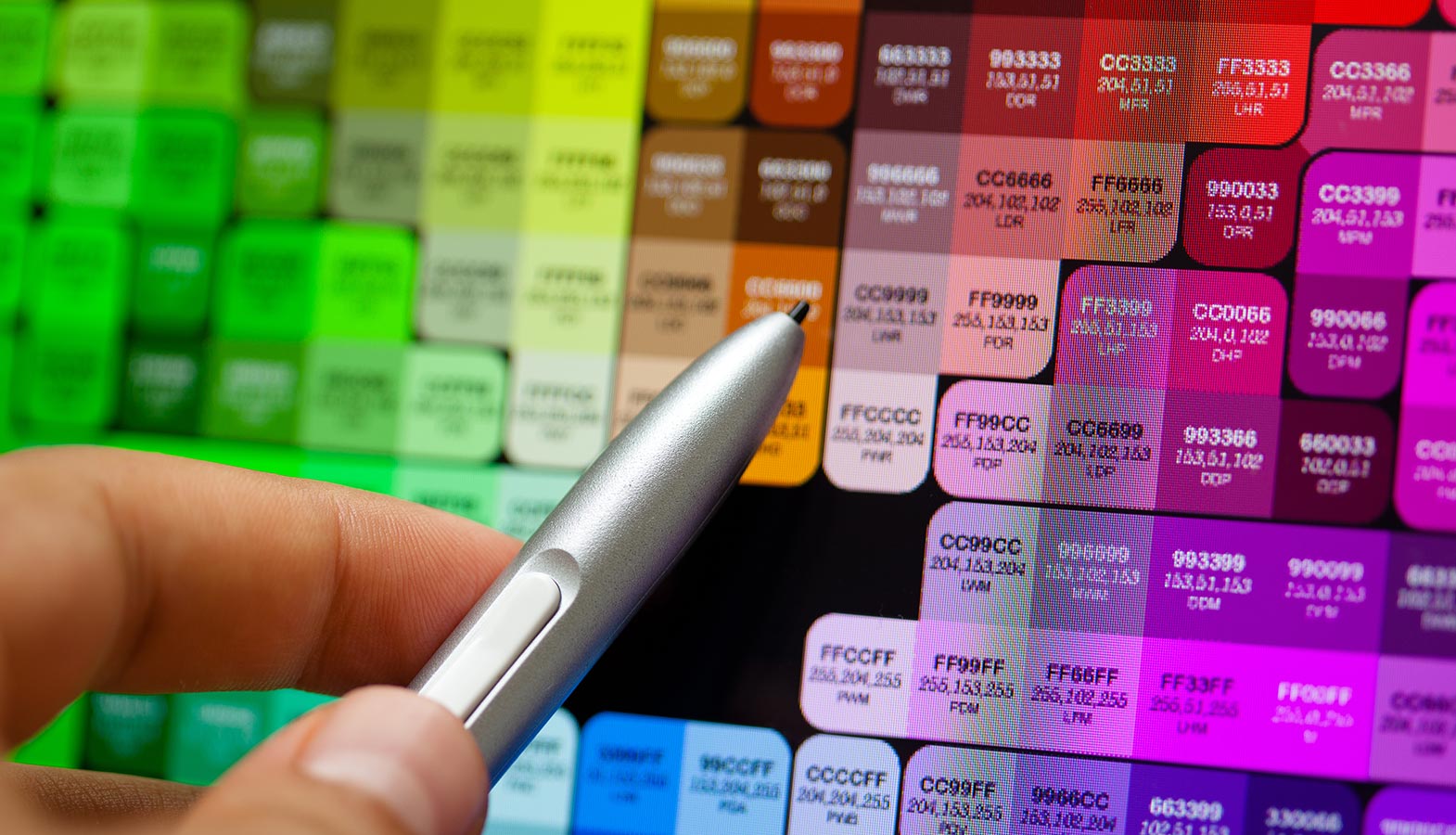
Applying Colour Theory to Website Design for Conversion Rate Optimization
Incorporating color theory into website design is crucial as it directly affects user engagement and conversion rates. Harmonious color combinations can significantly enhance consumer perception and drive engagement. A well-designed website with effective color use can guide user navigation and improve overall user experience.
Testing different color schemes is essential for finding the most engaging combinations that resonate with your audience. The following subsections will discuss how to choose the right color palette, use contrast for better readability, and optimize the color of call-to-action buttons.
Choosing the Right Colour Palette
A well-chosen color scheme greatly contributes to a pleasant user experience and overall website success. A cohesive color palette not only appeals to the target audience but also strengthens brand identity. Tools like ColorHexa provide detailed information on color shades and combinations, helping marketers create effective marketing designs.
A color palette that aligns with brand values and appeals to the audience enhances user engagement and conveys the desired brand message. It is essential for web designers to consider these aspects when creating an aesthetically pleasing and functional own website. Additionally, creating cohesive and high-converting web pages through strategic color palette choices can significantly improve conversion rates, especially on key pages like pricing and product pages.
Using Contrast for Better Readability
High contrast between background and text ensures content readability and guides user attention. Good contrast can enhance user engagement, ensure accessibility for visually impaired users, and improve overall user experience. Optimizing web page performance through contrast can also enhance user experience and conversion rates.
Implementing designs with high contrast improves readability, making essential information stand out and accessible to all users. This significantly boosts conversions by ensuring users easily navigate and understand page content.
Colour in Call-to-Action Buttons on Landing Page
The color of call-to-action buttons can significantly influence click-through rates and user engagement. A/B testing different colors for CTAs can help identify the best design features for audience response, optimizing conversion goals. Emphasizing color in key elements like CTAs leads to higher engagement and better checkout page performance.

Case Studies: Successful Use of Colour in Marketing
Effective use of color in marketing not only differentiates a brand but also significantly influences consumer choices and loyalty. Studying successful case studies provides valuable insights into how strategic color use can create a unique brand identity and enhance marketing efforts. Successful use of color in marketing can also significantly impact a site’s conversion rate, making it a crucial element in online success.
Brands that challenge traditional color norms can attract attention and foster deeper consumer connections. Iconic uses of red by Coca-Cola and green by Starbucks illustrate effective color use in digital marketing.
Coca-Cola’s Iconic Red
Coca-Cola’s red color has become synonymous with the brand, largely due to its historical significance and consistent application across marketing materials. The distinctive red disc associated with Coca-Cola serves as a visual promise to consumers, signaling the availability of the beverage.
The consistent use of red in Coca-Cola’s branding reinforces its identity, making it instantly recognizable and associated with the brand’s values. This case study highlights how strategic use of color can build a strong, enduring brand identity.
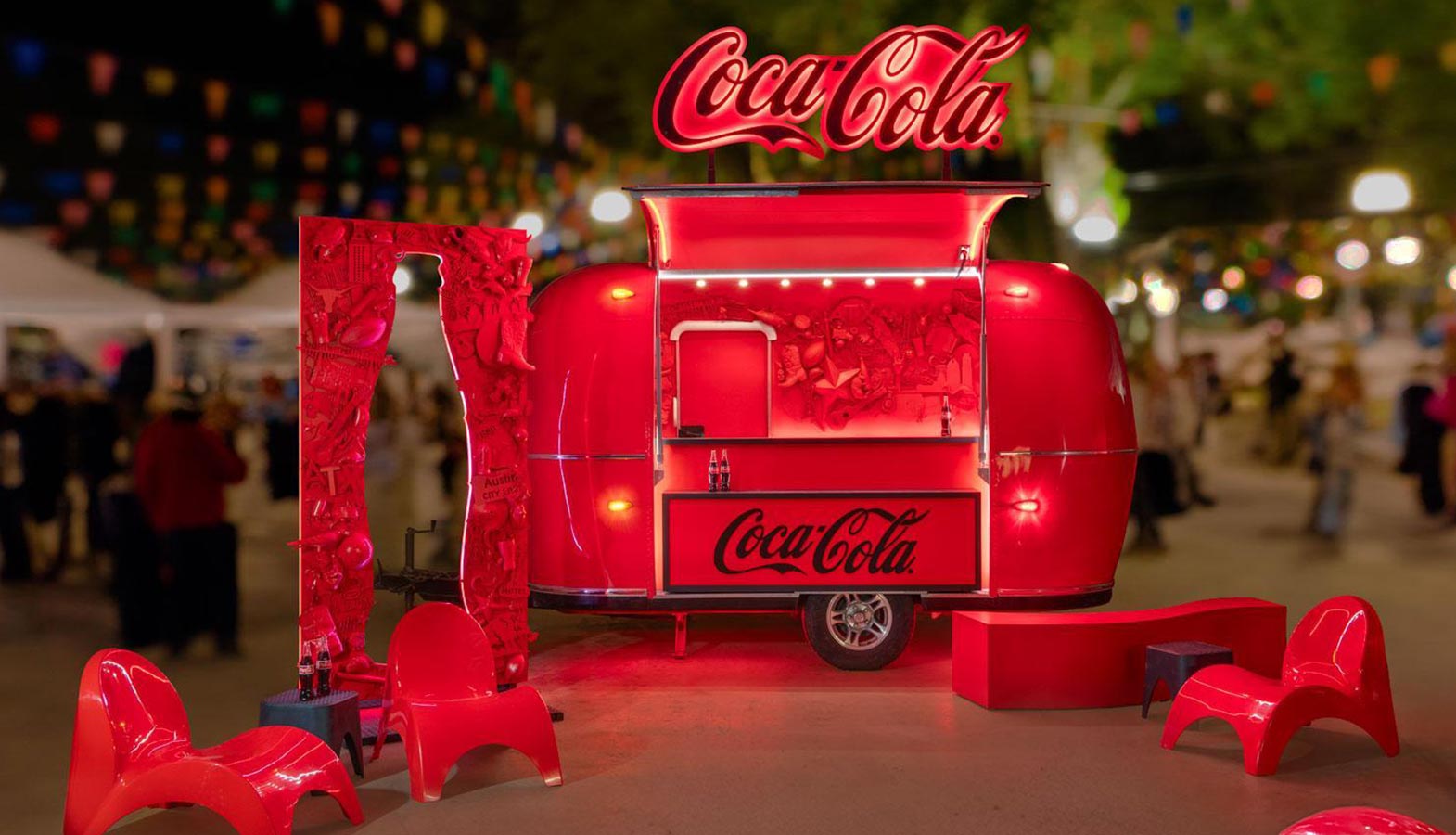
Starbucks’ Green Branding
Starbucks employs a color palette dominated by various shades of green to evoke feelings of calmness and relaxation in its stores. The use of green in Starbucks locations is aimed at making the environment feel more inviting and less hurried.
Starbucks emphasizes its commitment to environmentally sustainable practices through its green branding, which aligns with eco-friendly initiatives. This approach resonates well with consumers, as it signals a dedication to wellness and eco-conscious living.
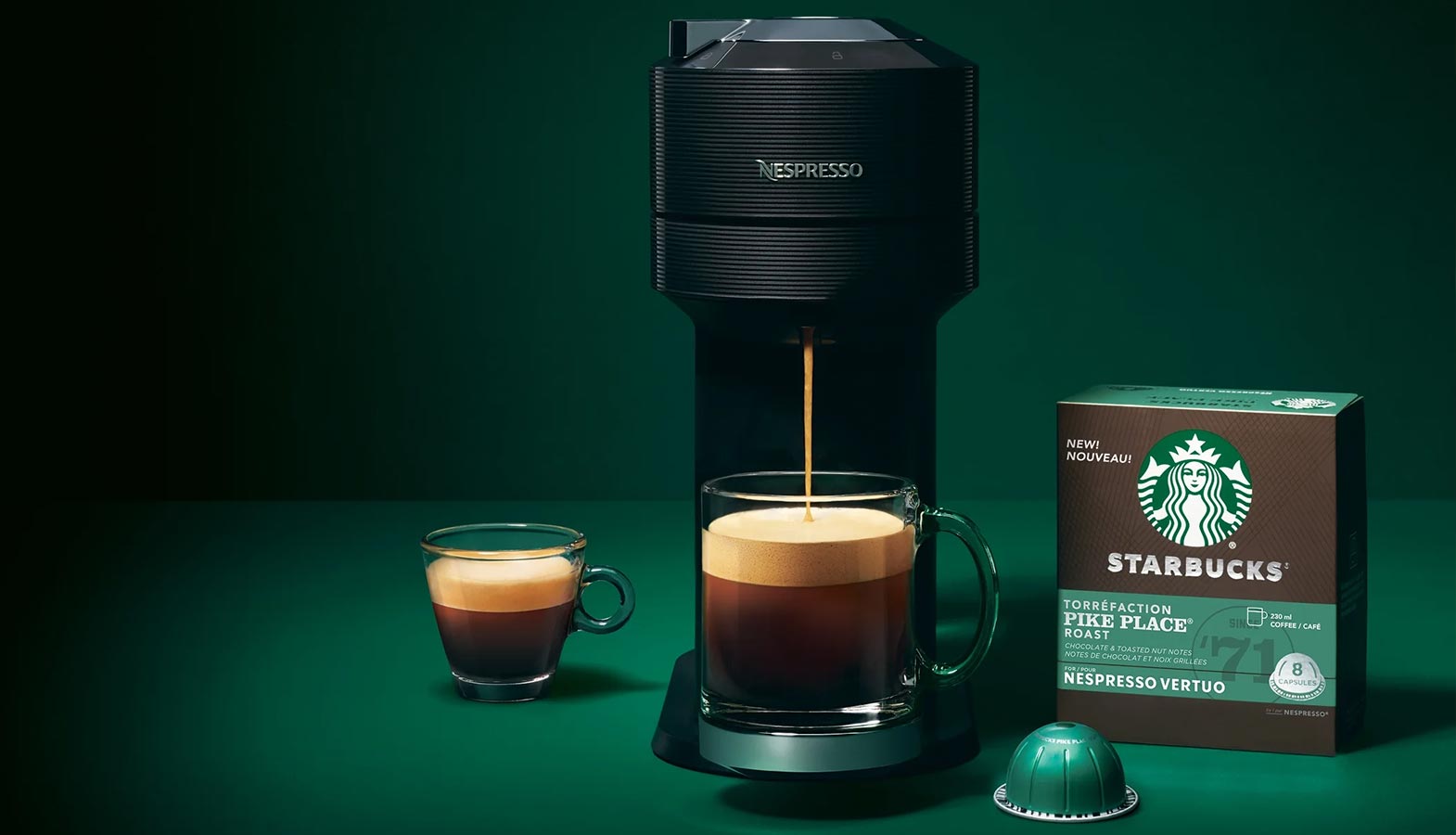
Tools for Implementing Colour Theory
Utilizing the color wheel is essential for marketers to create visually appealing and harmonious color combinations. Various tools can assist in implementing color theory effectively, enhancing brand identity and consumer engagement. Using these tools for color theory can also aid in conversion optimization by enhancing user engagement and conversion rates.
Color wheel tools for creating harmonious schemes and heat maps for user interaction insights will be introduced.
Colour Wheel Tools
The color wheel helps marketers understand how colors interact and affect consumer emotions. Adobe Color Wheel is a popular tool that helps users generate color palettes based on various color schemes.
The color wheel helps marketers create harmonious schemes that enhance brand identity and emotional appeal. Implementing these tools in marketing strategies can significantly improve consumer engagement and brand perception.
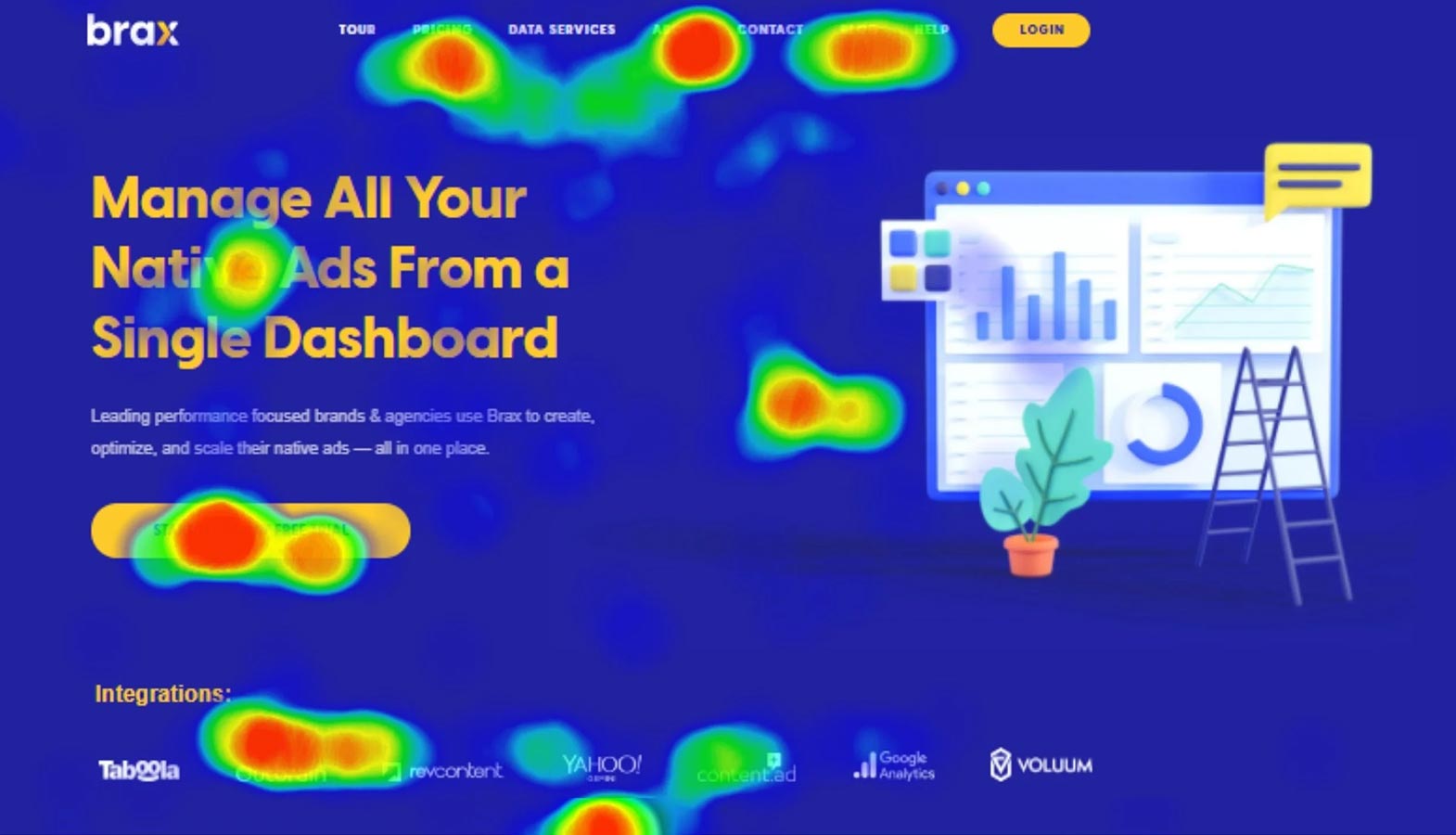
Heat Maps for User Behavior
Heat maps visually represent user interactions on websites, showcasing which areas receive the most attention. These visual representations help marketers understand user behavior and optimize color placement to increase engagement. Using heat maps to gather user data can optimize color placement and enhance user engagement.
Crazy Egg offers heat map technology alongside A/B testing features to optimize website layouts based on user behavior. This can enhance website conversion rate optimization cro by identifying the most effective color schemes and layouts through a conversion rate optimization experiment.
Best Practices for Using Colour in Marketing
Brands that effectively implement color strategies can significantly enhance brand recognition and sales. Effective color usage in branding can dramatically enhance consumer recognition and loyalty, as seen in various successful case studies. Using colors competitors avoid helps a brand stand out.
Incorporating best practices for using color can also enhance conversion optimization by improving marketing results. Brands that successfully use color in marketing often experience heightened consumer engagement and brand recognition.
Color theory is a powerful tool in digital marketing that can influence consumer behavior, enhance brand perception, and drive engagement. By understanding the psychological impacts of colors, tailoring strategies to demographic preferences, and applying color theory to website design, marketers can create compelling and effective campaigns. Embrace these insights to elevate your marketing efforts and stand out in the competitive marketplace.
Frequently Asked Questions About Color Theory
Color theory is important in marketing as it shapes consumer emotions and behavior, influences brand perception, and can greatly affect purchasing decisions. Understanding these influences allows marketers to effectively connect with their target audience.
The color red effectively creates a sense of urgency and excitement, influencing consumer behavior by encouraging quick decision-making, particularly in sales promotions and call-to-action scenarios. This strategic use can significantly enhance lead generation.
Banks and healthcare providers often use blue in their branding because it signifies trust, security, and calmness, effectively conveying reliability and a sense of safety to their clients.
Marketers can effectively use the color green to symbolize health and tranquility, making it ideal for eco-friendly and wellness-focused brands to resonate with their values and attract their target audience. This strategic use of color can enhance brand identity and emotional connection.
To implement color theory effectively, marketers can utilize tools like the Adobe Color Wheel for creating harmonious color schemes and heat maps from Crazy Egg for insights on user interaction, optimizing color placement for better engagement.
